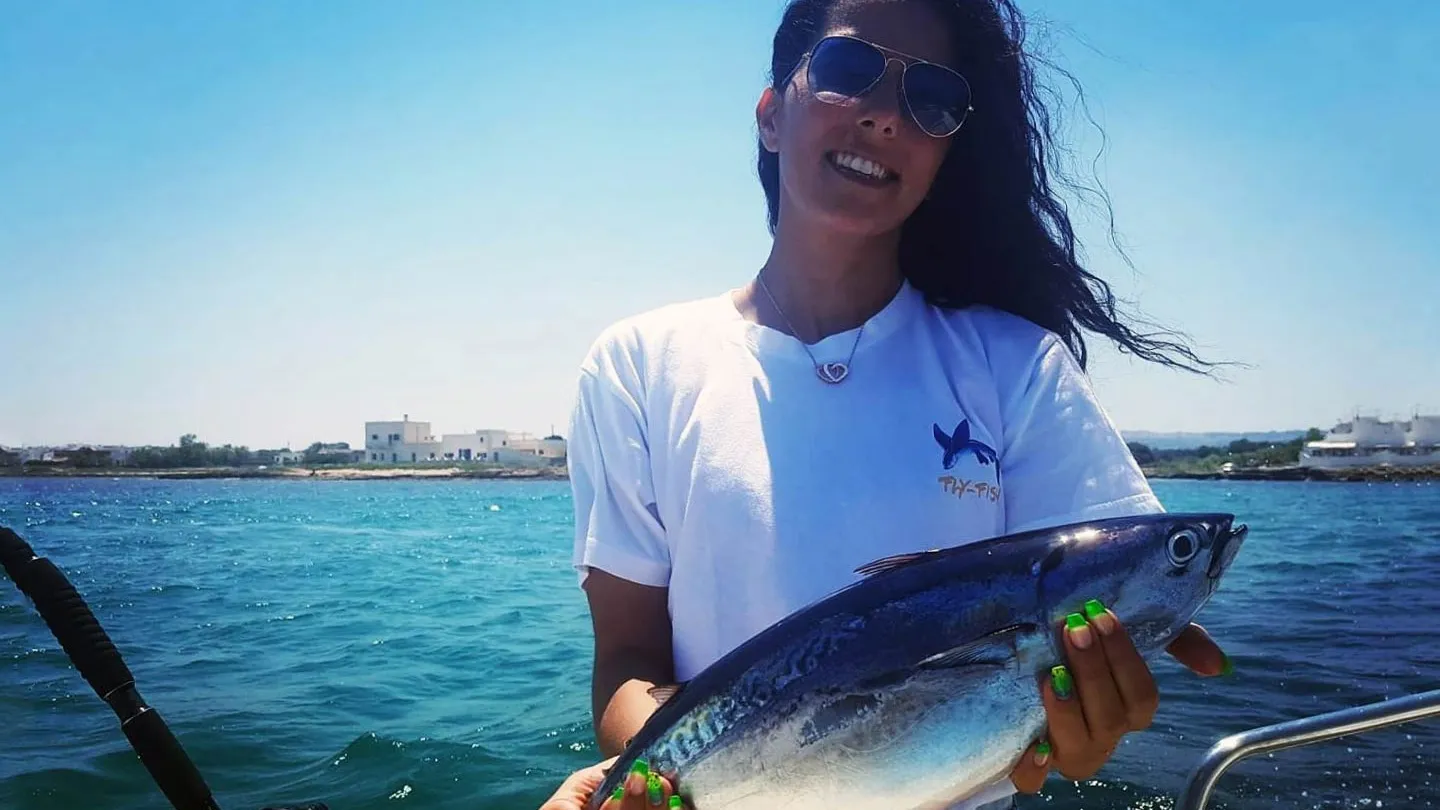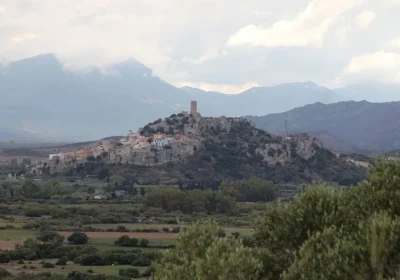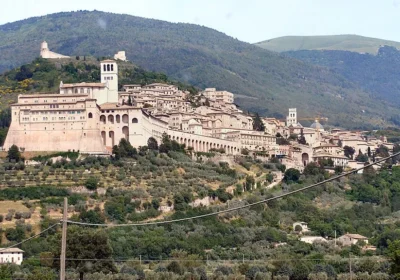The Adriatic Sea can be compared to the Sea of Cortez in the Gulf of California in Mexico. It is enclosed between the Italian peninsula and the former Yugoslavia. These 430 miles of the basin consist of two principal fishing areas: the Northern Adriatic from Venice to the port of St. George and the Central Adriatic from the port of St. George to St. Maria of Leuca with its characteristic rocky coastline, where small white sand beaches are also found. Of particular interest to fishermen in the Adriatic is the giant red tuna, even if the blue shark and fox shark, whitefin tuna, mackerel, and bay tuna are of particular interest. Red tuna was probably the first “big game” species encountered by fishermen in this region. History suggests that the first encounters between tuna and humans occurred in the Mediterranean Sea. The red tuna of northern Italy began its journey in a direction from which humans learned to profit, much earlier than the birth of Christ. More than 4,000 years ago, the Fenici tribes used the first rudimentary net traps in the Mediterranean Sea to catch this species. The tradition of making nets to catch this marvelous species was forgotten as the centuries passed. In our time, only two experts of this ancient tradition, bearing the name “tonnara”, remain. They are still working in Sicily. Living legends and the last guardians of an ancient way of life at sea.
n
In 1970, the first red tuna was caught by spinning in the floodplain of the Po River in the Adriatic. Most of the giant red tuna swarms remain in the waters of the northern Adriatic, in its shallow part, until early fall, when they return to the eastern Mediterranean, following the warm current towards the south, which passes near the Italian peninsula. And return to the central Adriatic in late fall. The fishing season for giant redfin tuna in the northern Adriatic runs from June to November. The best months for fishing are July, August and September.
n
At the beginning of the fishing season the tuna feeds in the open sea at a distance of 30 miles from Chioggia, Albarella, Port Garibaldi, Port of Levante, Rimini and Pesaro. The whole northern Adriatic is characterized by shallow water depth (maximum 90m) and a demarcation line that is very variable between coastal waters and the open sea.
n
For this reason, sport fishing boats, which are small but fast, are fitted with “wrestling” seats on the bow of the boat. In this way the captain can chase the giant tuna for a long period of time while pulling up the fish.

















